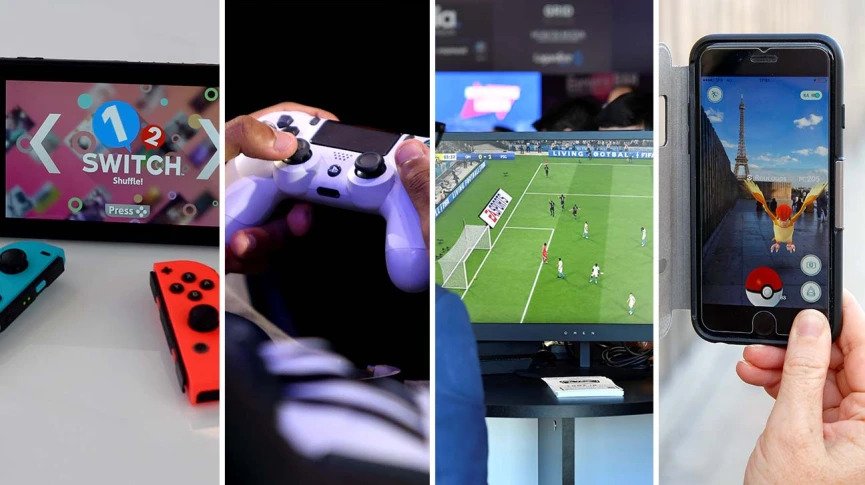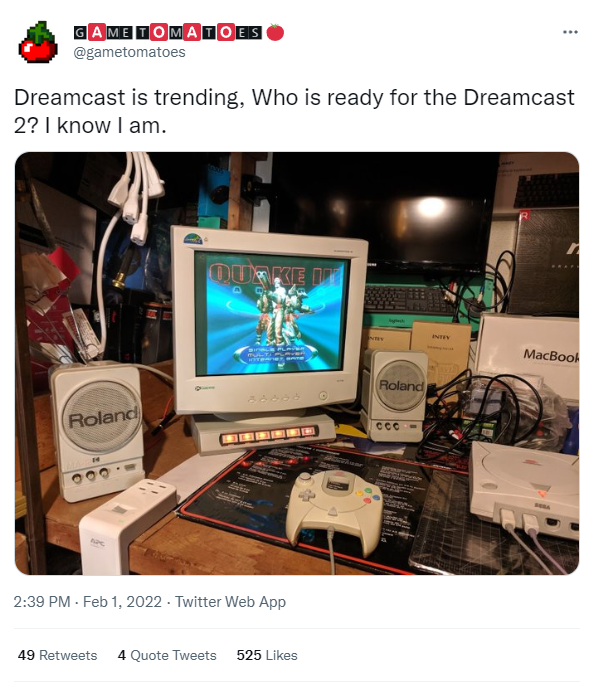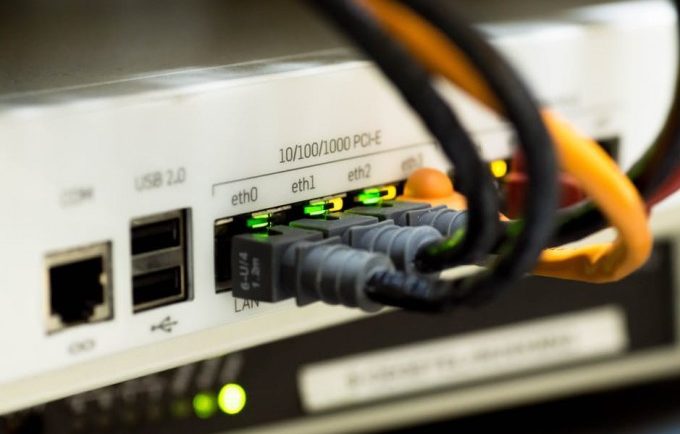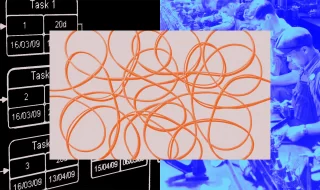
It was not so long ago that online gaming was little more than a fantastic idea. It was something everyone would like to be able to do but, in reality, only an option for the very best-connected city dwellers. For the vast majority of people, slow and unstable connections made streaming and downloading music or a film a frustrating experience. The wheel or download status bar was not going anywhere, and the action was stuck or disjointed in the case of a movie. The unreliability of connections meant that gaming in this environment was almost impossible – especially in multi-player games. There were too many chances for glitches to occur at vital moments and for game progress to be lost. For most gamers, it was much better to buy a game on disc, load it up on the console or gaming PC and get uninterrupted play.
Consoles Step Up To The Online Plate

Online games were available, but they did not have the graphic content or slick animations that could be achieved on console games. In the early 2000s, Sega launched the Dreamcast, which had genuine internet capabilities, but it did not take off. Truth be told, it was ahead of its time. The internet was not reliable enough for the product. It was like trying to drive a Ferrari on a pot-holed mountain track. The gaming hardware and software did not have the infrastructure they needed to be successful.
Gaming changed massively with the arrival of smartphones and mobile networks that were capable of sending a receiving message longer than 160 characters. Everyone had the potential to have a small, mobile gaming device with them. Relatively simple games were downloaded on iPhones around the world. Then along came Angry Birds in 2009, and the first mobile gaming viral experience happened. Everyone was flinging those birds around.
Giant Leap for Household Internet

The rest is, as they say, history. It now seems impossible to contemplate that we might only have used our phones to receive calls or send simple messages. Or we lived in a world where games came on CDs and films had to be rented in physical form and returned to the shop to avoid a fine. Many homes now have access to full fiber with speeds up to 900 Mbps. This means that multiple screens can be used simultaneously to stream content. Everything is stored in the cloud, and no one needs to have storage issues with games and films taking up limited space on hard drives. There can be one family member on Xbox live, another on a video conferencing call, someone else trying out the best live casinos online, a film being screened, and no one shouting that the internet has frozen.
It seems that, at last, the age of the internet has genuinely arrived. The promises of the noughties have become the realities of the twenties. What we have to thank for this is glass fiber. The development of optical fiber is what has increased bandwidth and brought about the delivery of the potential. It has enabled technology behind the world’s largest and most complex machines to data encryption and delivering gaming into people’s homes. However, making safe and reliable internet connections is the challenge that engineers have spent the last thirty years addressing.
A quirk of nature allows a beam of light to travel hundreds of miles down a glass fiber. This has been known about for decades, but turning the theory into a high-speed network has taken a while. Glass fibers enable data rates that their copper equivalents could never match. They allow extraordinarily high data transfer rates. In 2018 researchers in Japan demonstrated that a cable with 30 fiber cores could transfer 768 terabits per second. With increased reliance on high-speed, secure access, the world demands even more data, so this speed will probably increase.
High Speed Gaming Data Dreams

The physical networks have been created by optical data cables laid across the world’s oceans. These are then linked by repeaters which are also optical fibers. The repeaters act as amplifiers. Combined with other elements like erbium, they boost the data signals as they travel around the world. The cable and repeaters function in the depths of the oceans and have to withstand the most hostile environments on land. They connect the whole world via nodes on the internet and deliver vast packages of data.
They connect the world’s data centers to each other. Those data centers then deliver billions of apps and streaming services to our smartphones, computers, tablets, and smart-enabled domestic appliances. The Internet of Things requires unimaginably massive quantities of data that can be accessed easily and quickly. Everything is analyzed, monitored, and fed back into the data processing centers.
While it might be a while before fiber optic capabilities deliver the promised industrial revolution 4.0, they have already had a massive impact on our homes and our personal lives. Copper cables advance in their data delivery rates by tens of megabits annually, but optical fiber brings gigabits to our homes. It is this which has driven the revolution we see in online gaming, on-demand video streaming, live casino dealer rooms, and the current advances into the metaverse. In addition, optical fibers provide much higher reliability than copper cables, and the cost is much lower both economically and environmentally.




